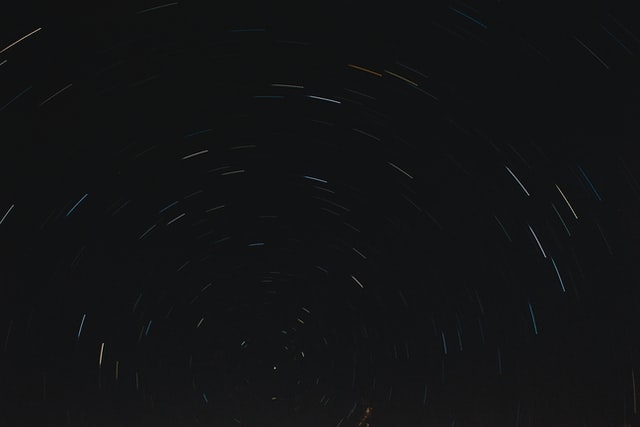
The 5th SCOSTEP/PRESTO online seminar will be lead by Q.-G. Zong (Affiliation: Institute of Space Physics and Applied Technology, Peking University, Beijing 100871, China) who is the winner of the SCOSTEP 2020 Distinguished Scientist Award.
Abstract
Impact of interplanetary shocks on the Earth’s magnetosphere manifests many fundamental processes in space physics including generation of electromagnetic waves, plasma heating, and energetic particle acceleration. This lecture summarizes our present understanding of the magnetospheric response to interplanetary shocks in the aspects of interaction of shock generated ULF waves with radiation belt electrons, ring current ions, and plasmaspheric plasma based on in-situ spacecraft measurements, ground-based magnetometer data, MHD and kinetic simulations.
Magnetospheric response to interplanetary shocks is not a “one-kick” scenario. Interplanetary shocks compress the magnetosphere and generate different types of waves including poloidal mode ultra-low frequency (ULF) waves in the magnetosphere. Plasma heating and energetic particle acceleration start nearly immediately after the impact of interplanetary shocks and can last several hours. The fast acceleration of radiation belt electrons and ring current ions usually contain two contributing steps: (1) the initial adiabatic acceleration due to the magnetospheric compression; (2) followed by resonant acceleration by global or localized poloidal ULF waves.
A general theory of drift and drift-bounce resonance between charged particles and growing or decaying localized ULF waves has been developed to interpret in-situ spacecraft observations. The observed features associated with waves, such as the energy dispersion as well as boomerang and fishbone pitch angle distributions of radiation belt electrons, ring current ions and plasmaspheric plasma, can be explained in the framework of this general theory. It is worth noting that poloidal ULF waves are much more efficient than toroidal ULF waves in accelerating and modulating radiation belt electrons (fundamental mode) and ring current ions (second harmonic). The results presented in this lecture can be applied to the solar wind interaction with other planets such as Mercury, Jupiter, Saturn, Uranus, and Neptune, as well as other magnetized astrophysical objects.
This seminar will be recorded and opened later on the SCOSTEP website.